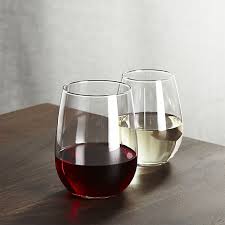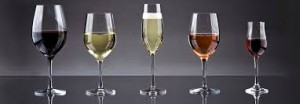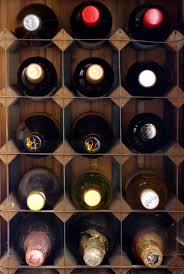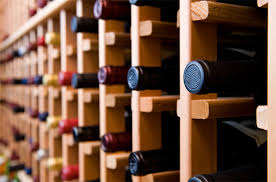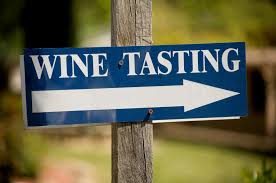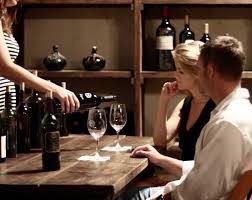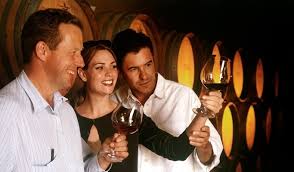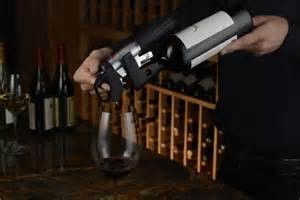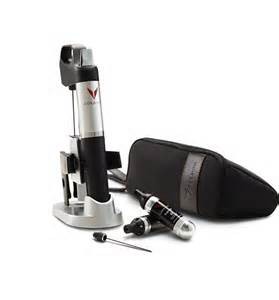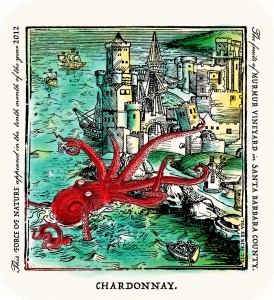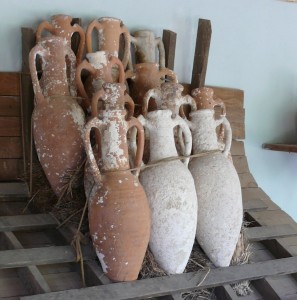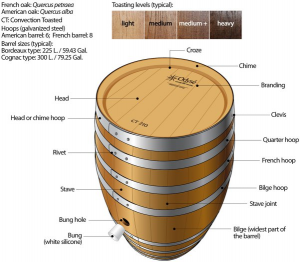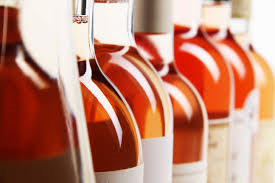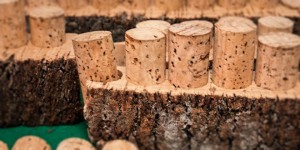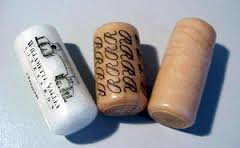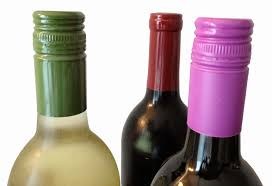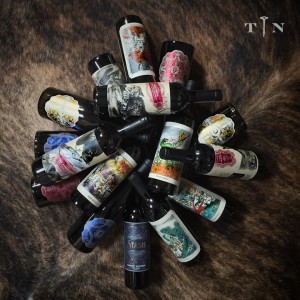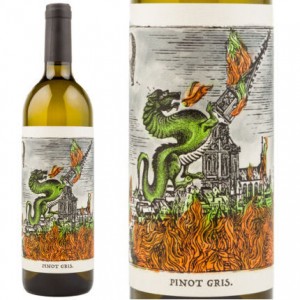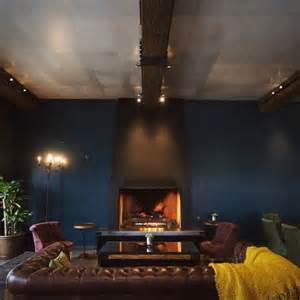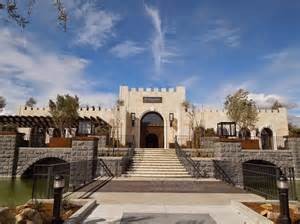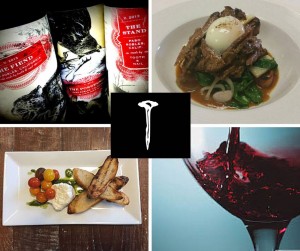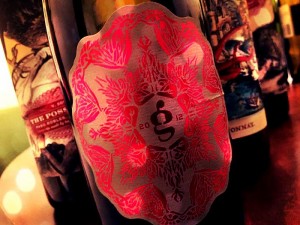The Shape of Things – which is the best Wine Glass?
Your WINE GLASS really can make a big difference in how your wine tastes!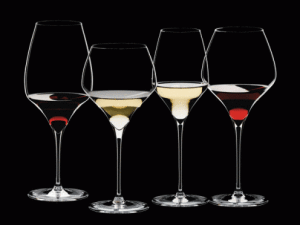
In principle, you can use anything to drink wine out of and depending on the situation, the vessel you employ to help the nectar reach your lips may not make much difference. But enthusiasts will tell you, you should pick your wine glass with care and attention; the more care you give to buying and tasting wine, the more care you should give to having the right wine glass, just ask Riedel Glassware.
Wine Glass Best Color
Although the color of a wine glass seems like it should be irrelevant to how wine tastes, it does impact how the wine appears when you look at it. Because proper enjoyment of wine begins with appreciating the wine’s appearance. To understand its color, clarity, and consistency, then we need a wine glass that doesn’t alter the wine’s color.
What this means is that some of the most visually appealing wine glasses are also some of the worst wine glasses for wine tasting. Colored glasses will completely alter the wine’s color. Etched glasses or glasses with any sort of pattern will interfere with your ability to get an accurate picture of what the wine looks like. Angles around the wine glass aren’t quite as bad, but they should also be avoided for the same reasons. The best glasses for tasting wine are therefore completely clear, round glasses — wine glasses with no coloring, no designs, not angles, and no patterns. Plain, boring wine glasses are the best wine glasses.
Wine Glass Best Material
Although it might seem like nothing more than an excuse for snobbery, experience has shown over and over that higher quality glasses can have a big impact on how wine tastes. Apparently, it’s possible for the exact same wine to taste completely different to people if simply served in wine glasses made from different material.
No one has been able to determine if this is merely a matter of aesthetics or if there is an actual physical reaction between wine and quality glass that doesn’t occur with wine and plastic or wine and lower quality glass. The best explanation offered so far is that crystal is rougher than regular glass and this roughness creates turbulence in the wine which, in turn, causes more of the aromatic compounds in the wine to be released.
You may need to use plastic glasses in some situations, like picnics, but otherwise you want to stick with genuine glass — and, preferably, higher quality crystal glasses if possible. You want to avoid lead crystal, though, because research has shown that wine can leech the lead out of the glass very quickly. Lead crystal glass is especially ill-suited for decanters and other containers which will hold wine for any length of time.
Although you will certainly have a better wine tasting experience with the highest quality, thin crystal glasses, they probably cost too much for most consumers — and that’s before taking into account that their fragility almost guarantees that they will break regularly.
Fortunately, you can find good, quality wine glasses at reasonable prices — and this includes crystal glasses as well. They’ll cost more than the average drinking glass and even more than wine glasses at discount retailers, but it’s worth a little extra expense to get the most out of every bottle. You should be prepared to spend around $50 per dozen for standard glasses and perhaps $75 per dozen for crystal glasses. If you’re looking for the best wine glasses, though, you’ll be spending between $50 and $100 each.
Wine Glass Best Thickness
It’s a lot easier to appreciate what your wine looks like if you use thin glasses. Even if the qualify of the crystal is very good, there’s no avoiding the fact that a thicker wine glass creates distortions which will impact what you see when looking for color and clarity. The thinner the glass, the less you’ll have between you and your new best friend.
Additionally, thinner glass helps create a finer stream of wine to run across the taste buds on your tongue. A finer stream means more mixing with the air in your mouth and also interacting with your taste buds. Taken together, these factors ensure that you’ll get the most out of what you’re drinking.
Wine Glass Best Size
Yes, even the size of the wine glass plays an important role in what your wine tastes like. Whatever you’re drinking, don’t use small glasses. You want larger glasses because you want to be able to only fill them a third to half way and still have room to swirl. If you try to do this with a small wine glass, you’ll barely have a sip to drink before having to refill. Small glasses should be used only for sherry, port, and desert wines.
That said, you ideally need larger glasses for reds than you do for whites. Reds are best served in glasses that are 12 to 16 ounces, though you can get them as large as 24 ounces. Whites are best served in glasses that are 10 to 12 ounces. Because few people can afford good crystal glasses for every sort of wine, most compromise. You can manage well with most varietals by using a wine glass around 12 ounces.
 Stem Glasses vs. Stemless Glasses
Stem Glasses vs. Stemless Glasses
Stemless tumblers have become very popular in recent years and there is no denying that they can look very nice. However, there are good reasons to avoid them if you want to get the most out of your tasting experience — as opposed to simply wanting to look hip and stylish.
Stemless wine glass forces you to hold the glass by the bowl which creates two basic problems. First, the warmth of your hand will heat up the wine, changing its temperature. Your body is around 98.6 degrees F. Wine is best served around 55 degrees depending on the varietal. Do the math. No bueno. Wine glasses have stems not for the sake of looking elegant, but precisely so you can hold them by the stem. This ensures that the heat of your hand isn’t transferred and keeps the glass bowl from being smudged.
Wine Glass – Best Shapes
Although the material, color, size, and thickness of your wine glass is all important, the single most important aspect of a proper wine glass is its shape. Different wines require different sorts of shapes to best appreciate the varietals flavor.


